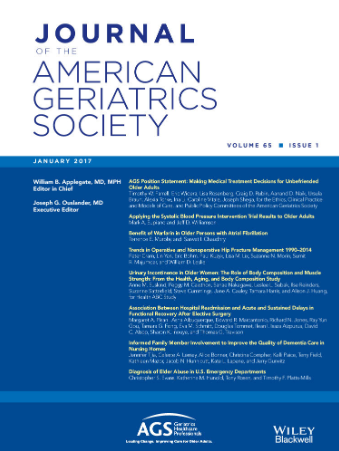Home-Based Rehabilitation After Transcatheter Aortic Valve Replacement (REHAB-TAVR): A Pilot Randomized Controlled Trial
Abstract
Background
The benefit of early cardiac rehabilitation after transcatheter aortic valve replacement (TAVR) is not well established. This pilot study evaluated the feasibility and short-term effects of a home-based exercise program, with or without cognitive-behavioral intervention (CBI).
Methods
We randomized 51 patients (mean age, 83.9 years; 19 women) to a home-based exercise program with CBI (Group A; n = 18) or without CBI (Group B; n = 15), or telephone-based education control (Group C; n = 18). The exercise program focusing on balance, flexibility, strength, and endurance began within 7 days post-discharge and was delivered once weekly by a physical therapist for 8 weeks. CBI included discussions on exercise benefits and barriers, goal setting, detailed exercise planning, and a weekly cash adherence incentive. The primary outcome was a disability score (range: 0–22; higher scores indicate greater disability) at 8 weeks. Secondary outcomes included the Short Physical Performance Battery (SPPB) (range: 0–12; higher scores indicate better function), self-efficacy, and outcome expectation scores. Feasibility outcomes included adherence and drop-out rates.
Results
Fifteen participants (83.3%) in Group A, 10 (58.8%) in Group B, and 10 (52.6%) in Group C completed ≥ 5 of the eight assigned weekly sessions (p = 0.196). Two participants in each group were lost to follow-up. At 8 weeks, the home-based exercise groups (Group A and B combined) demonstrated lower disability scores (mean [SE]: 2.6 [0.3] vs. 4.5 [0.5]; p = 0.042) and higher SPPB scores (9.5 [0.6] vs. 6.5 [0.8]; p = 0.003) compared with the education group (Group C). Group A had lower disability scores than Group B (2.1 [0.4] vs. 3.4 [0.5]; p = 0.047), with no differences in self-efficacy and outcome expectation scores.
Conclusions
An early, home-based, multi-domain exercise program appears feasible and may prevent disability and improve physical function in older adults after TAVR. Adding CBI, including a modest cash incentive, showed trends toward improved adherence and reduced disability.
Trial Registration: NCT02805309

 求助内容:
求助内容: 应助结果提醒方式:
应助结果提醒方式:


